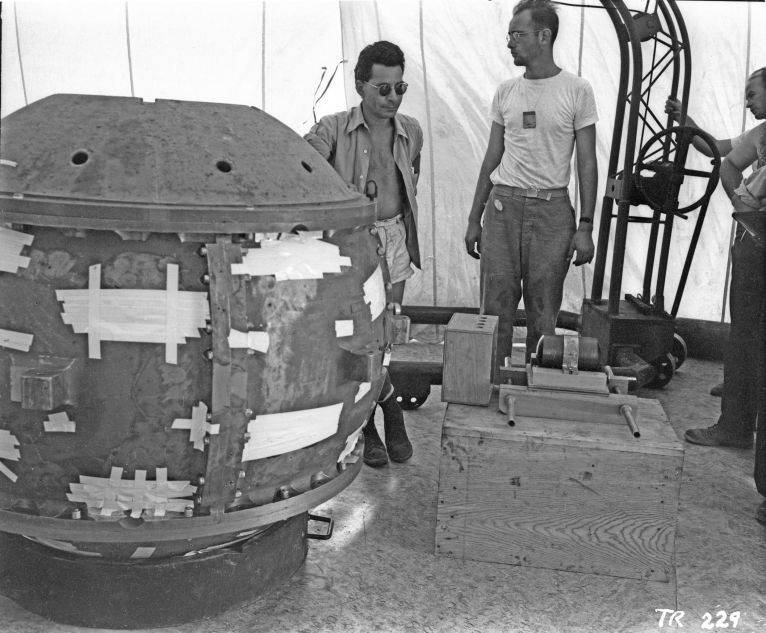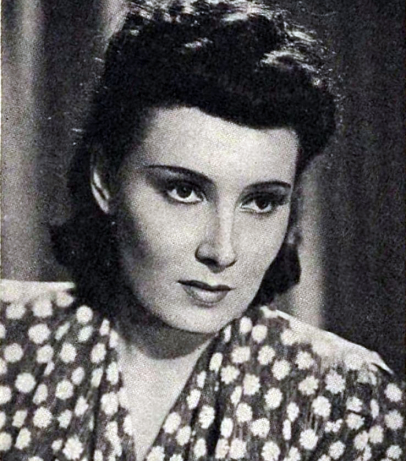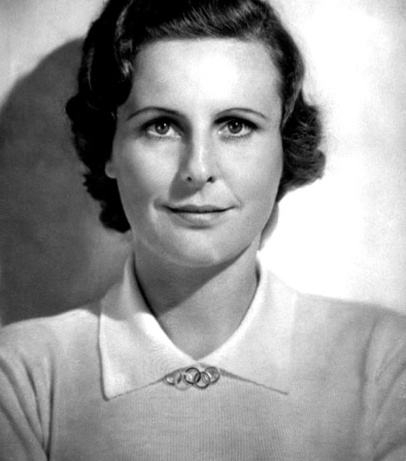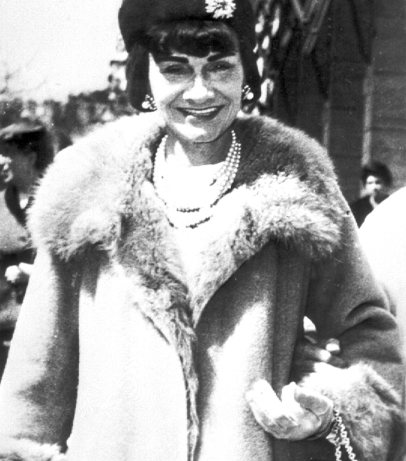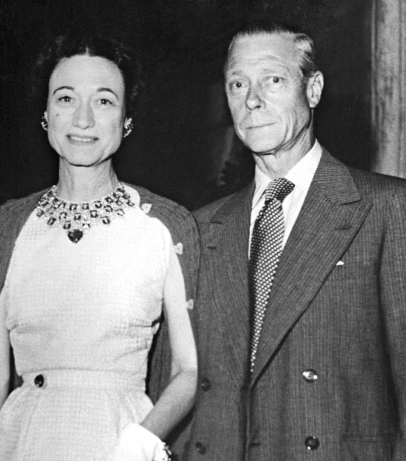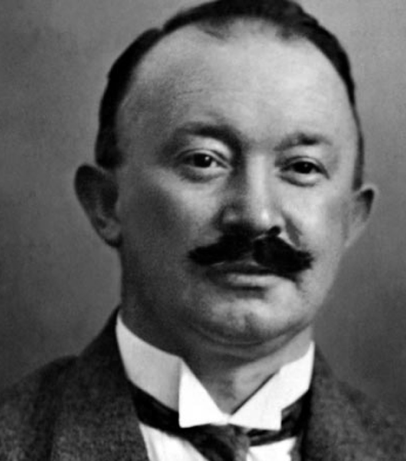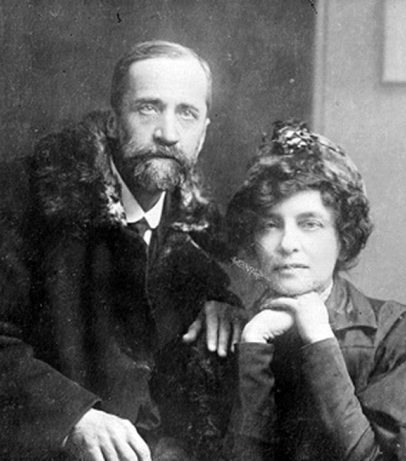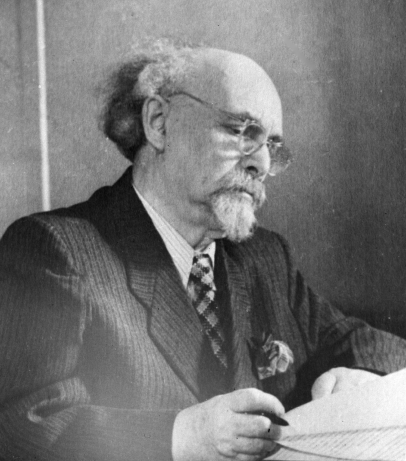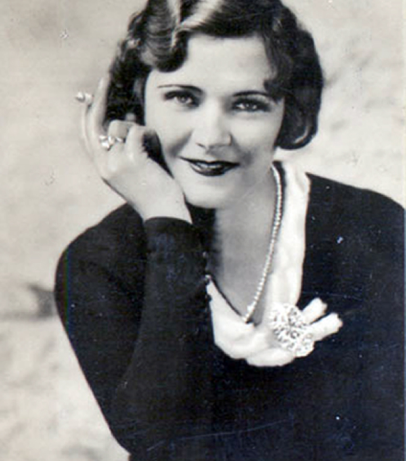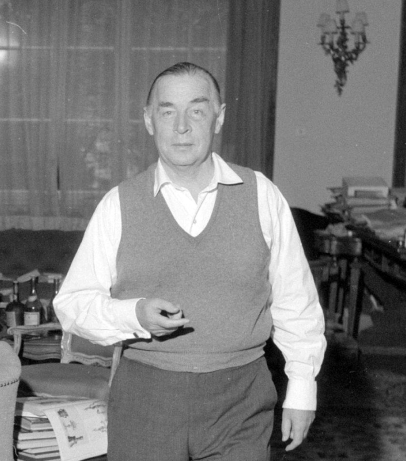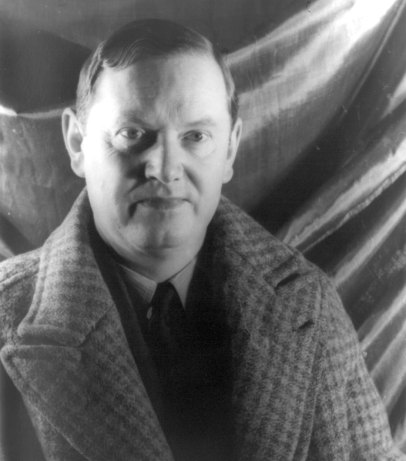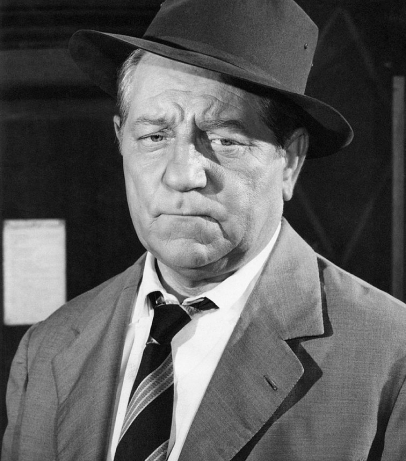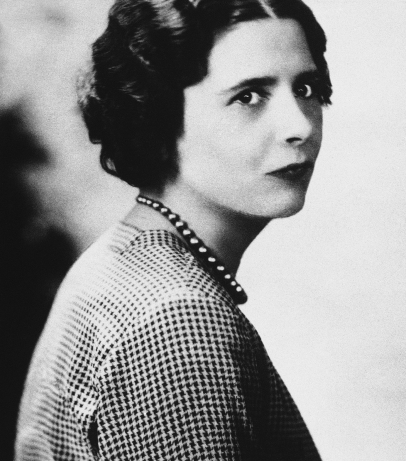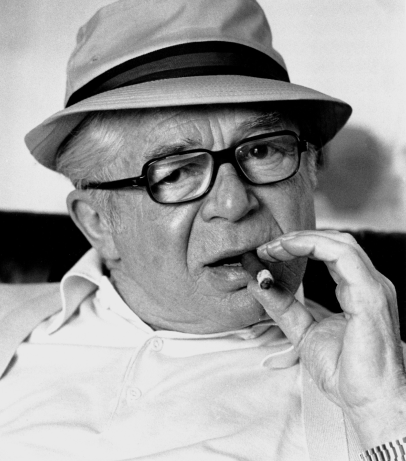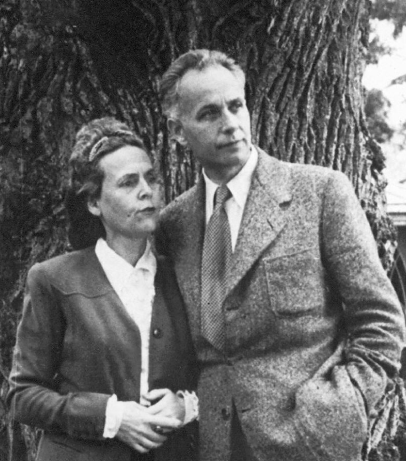On 21 May 1946, physicist Louis Alexander Slotin, who worked on the creation of nuclear weapons as part of the Manhattan Project, received a lethal dose of radiation. He inadvertently transformed plutonium into a supercritical state in an experimental installation, which, because of its extreme danger, was later nicknamed "Demon Core". Participants in the experiment saw a flash of blue light - the Vavilov-Cherenkov effect as the power exceeded 6 × 10 7 roentgens per second. Slotin received a lethal dose of radiation - 2100 rem (21 sievert), comparable with what you’d receive 1.5km from the epicentre of a low-power nuclear explosion. On the way to the hospital, the scientist told his colleagues: “I think I'm done for”. After nine days he died from acute radiation sickness. Plutonium from the installation was placed in the warhead of a new bomb.
On 21 August 1945, less than a year before, the 23-year-old physicist Harutune (Harry) Daghlian Jr irradiated himself while conducting the same experiment and died 25 days later. Each accident was the result of a blunder: Slotin dropped his screwdriver and Daghlian, a tungsten carbide block.
Even scientists themselves have been known to underestimate the amount of danger inherent in handling radiation. Marie Curie carried uranium samples in her pockets and an ampoule with radium on her chest. She was buried in a lead coffin, but even now the level of radiation exceeds the norm by 30 times near her grave in the Parisian Pantheon.
In 1917-1926, in Orange, New Jersey, employees of the “US Radium” watch factory, who worked with radium-based paint, suffered radiation poisoning: Grace Fryer, Edna Hassman, Katherine Schaub, Quinta McDonald and Albina Laris sued the corporation and went down in history as the "Radium girls".
Employers tried to pass off radiation symptoms as the effects of syphilis to denigrate female employees who dared to sue them. In 1954 in the USSR, 45,000 servicemen and 10,000 civilians were irradiated during the Totskoye nuclear exercise with military nuclear weapons. Continuous measurements of the background radiation became mandatory only at the end of the 20th century.
Source:
Brigitt Martin. The Secret Life of Louis Slotin 1910—1946 // Alumni Journal of the University of Manitoba, Volume 59, No. 3, December 1999, Canadian Nuclear Society.
